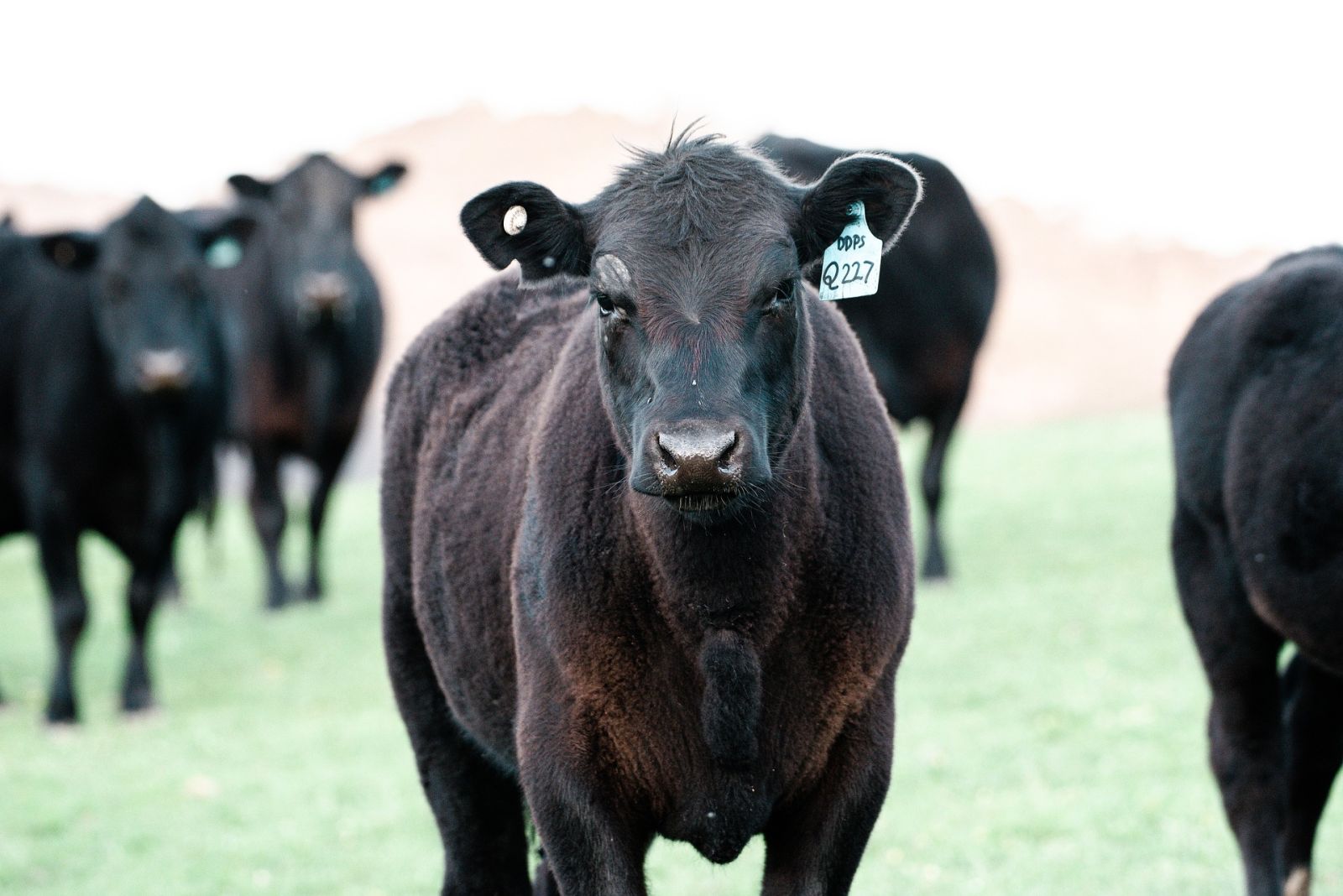Shootin' the Bull about changes in the industry

“Shootin’ The Bull”
by Christopher B. Swift
5/9/2025
Live Cattle:
In my opinion, the cattle industry is changing rapidly. Woefully too much production and processing capacity, caused by the Biden administrations gratuitous handouts of subsidies in every form of payment or forgiveness program to give away 6 trillion dollars, being the cause. As the vertical integration strengthens, leaving fewer cattle available to the general cattle producing public, decisions will have to be made as to what to do next. In historical cases, such as with Dairy, it was found that the sooner you left the industry the better. Today, the Dairy industry is stronger than ever with not only milk production, but the beef/dairy cross a very profitable venture. Long story short, since production of more inventory is 2 to 3 years down the road, if started today, those unable to withstand the lower utilization of greater capacity may not be able to hold out until more inventory arrives. Then, it is very possible that within those 2 years, further vertical integration has been established, leaving you with still fewer cattle to work with. Hogs, Dairy, and Poultry have all consolidated at some point in time in order to help retail marketers reduce their exposure to volatile price movement of commodities. Cattle and beef are now the retail beef marketer's objective to attempt to reduce price volatility through vertically integrated supply chains.
Cattle feeders, whether via the cash market or futures are having to carry the weight of Atlas with nowhere to turn for a price remotely lower in the feeder cattle market than today. Futures traders have dug an exceptionally deep tiger trap as the positive basis keeps cash trading dollars, if not tens of dollars above fat cattle futures contracts. While the spread between starting feeder and finished fat can widen further, it is already making new historical highs this week, over $92.00 in some feeder/fat spreads. With no futures trader believed willing to assume the risk of the cattle feeder for a premium, all the basis risk is to the cattle feeder. On the flip side, while basis has been much better in the feeders than at present, the even to small negative basis in feeders is believed so advantageous to producers that there is not much reason to assume unlimited risk. Tired of losing options premium? Be thankful you did, because if you were benefiting from the futures or options hedges, you would be losing more money than you can imagine. I have yet to have anyone suggest that they were disappointed they didn't have a wreck, or someone plowed into them, so they could use their car insurance. My objective remains to continue to market inventory when acquired in an attempt to average historically high sale prices that may or may not continue into the future.
A simple observation is that, barring the feeder steer, input costs of corn and diesel fuel are relatively cheap in comparison to historical levels. On the flip side, feeder cattle, fat cattle, and beef are all historically at high price levels. I am fully aware of trends and how much the trend is your friend. I am also fully aware that higher prices spur innovation and leads to alternatives being made, or becoming more popular. Hence, trends can and do reverse. A comment heard this week was that this time frame is the new norm for cattle. It may be, but I have yet to see any commodity related business become a new norm. Commodity prices fluctuate due to direct responses of supply, demand, and fundamental factors outside one's control. It's like working the world's largest jigsaw puzzle where pieces are added and taken away and you are left to guess which one should have gone where. Last week, I felt the energy market was going to resume its down trend. At the end of this week, I feel as if it is reversing back to the upside. Corn was lower this week, providing an opportunity to own options for procurement of feed needs. Both of these input costs are priced considerably lower than in history. I recommend you consider doing something to fix some of these variable input costs while still at lower levels. Bonds were lower on the week because inflation is not going down and not anticipated to. The inflationary factors impacting consumers are not commodity related, and therefore won't be impacted were energy or foods to trade lower. They are already low. If "buy low and sell high" were a recommendation, buying corn and energy, and selling cattle and feeder cattle, being at polar opposites, would be right in line with this old adage.
“This is intended to be or is in the nature of a solicitation.” Futures trading is not for everyone. The risk of loss in trading futures can be substantial; therefore, carefully consider whether such trading is suitable for you in light of your financial condition. Past performance is not indicative of future results, and there is no assurance that your trading experience will be similar to the past performance.